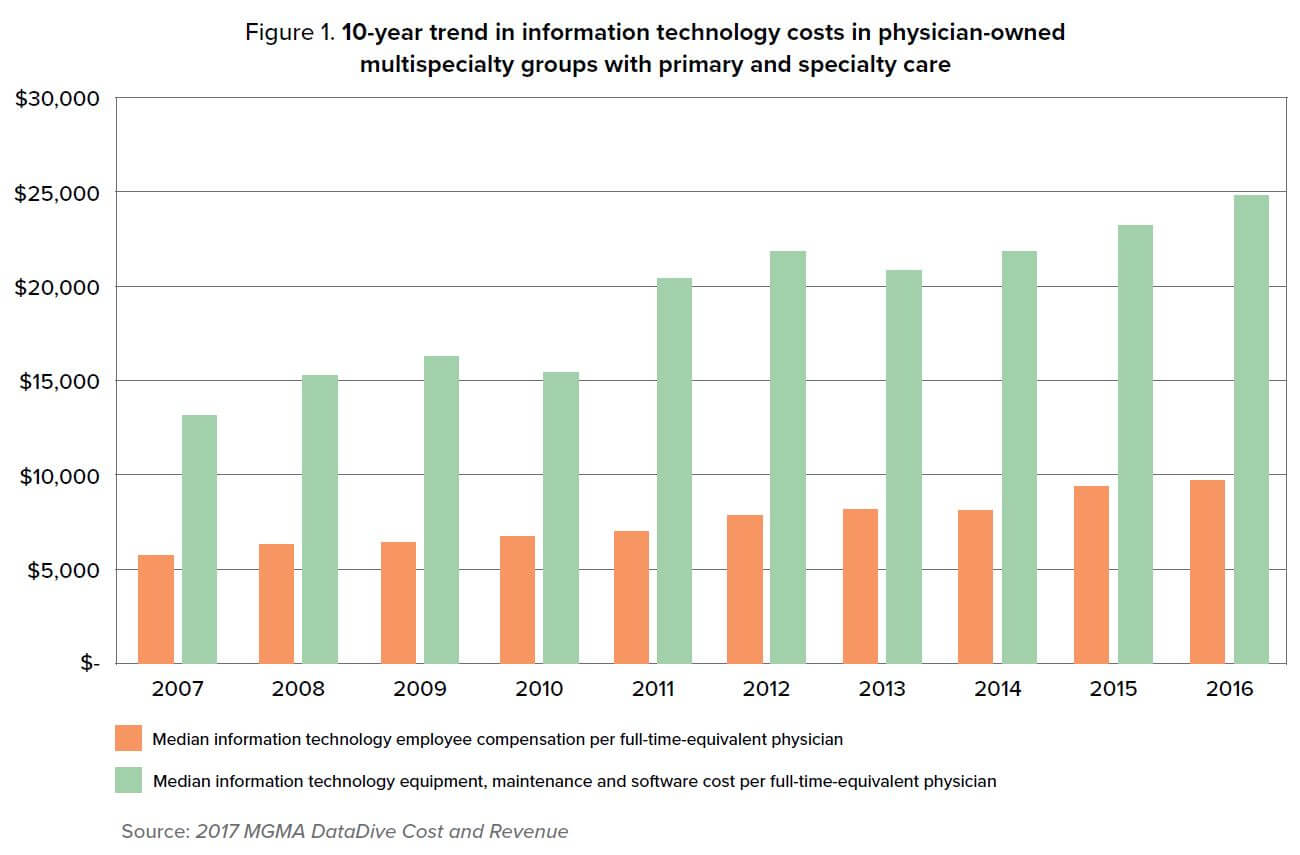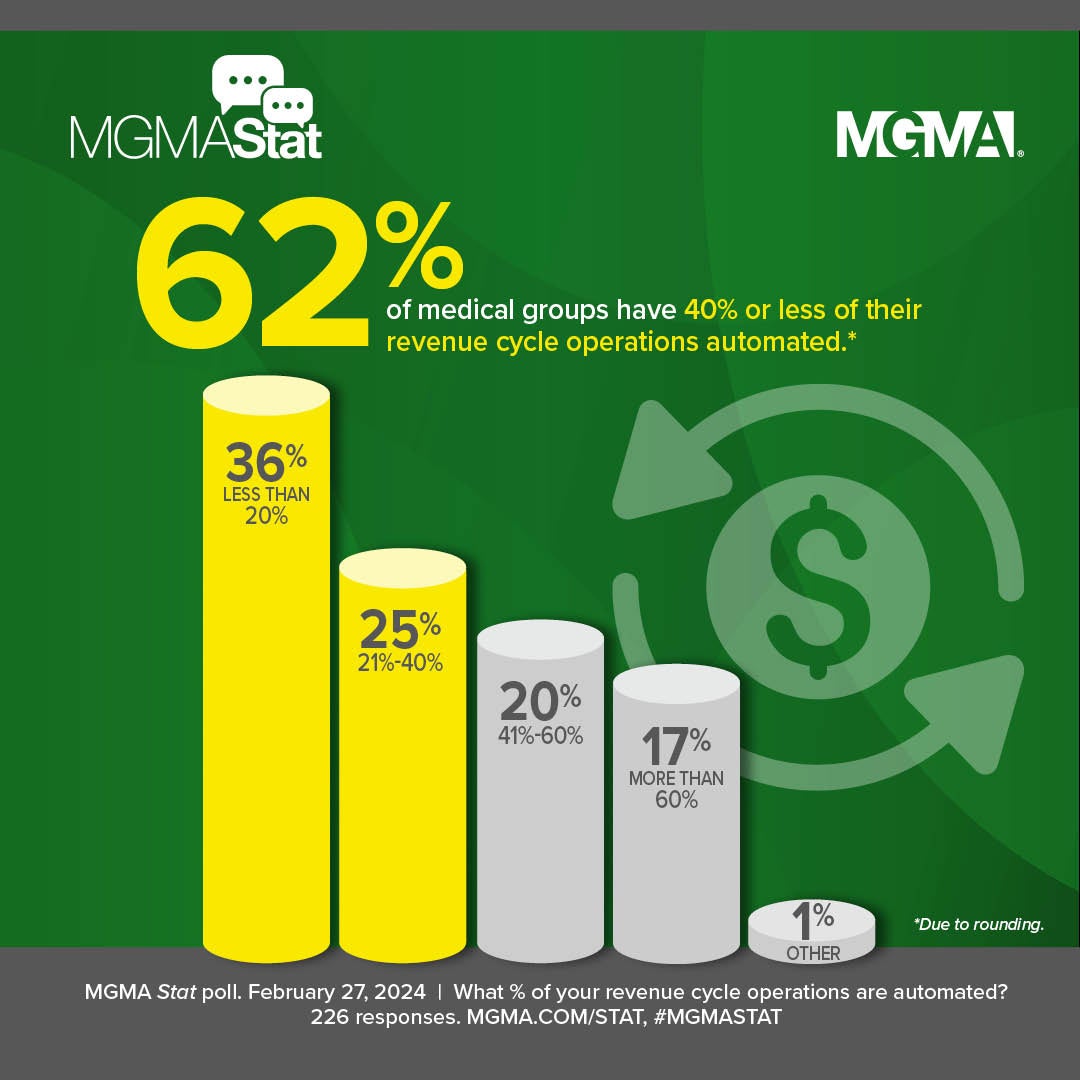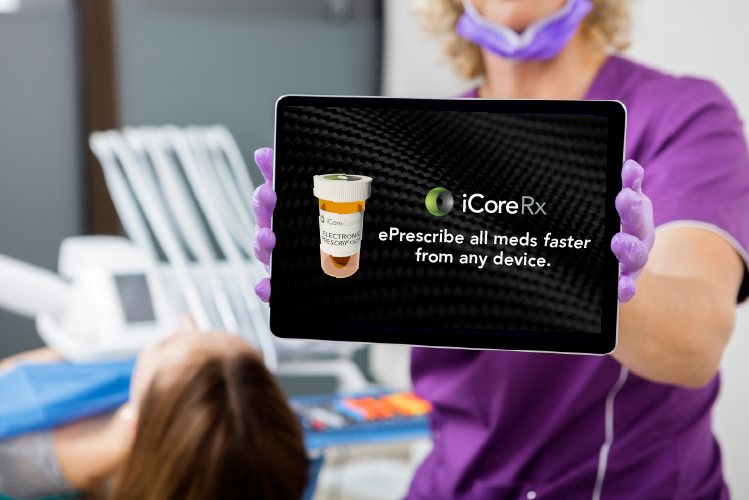New MGMA Research Report Outlines Opportunities for Medical Groups to Add Telehealth Services
Association releases “Telehealth: Adoption + Best Practices,” a guide for medical groups to operationalize telehealth servicesEnglewood, Colo. Feb. 28, 2018— As consumer interest in telehealth services continues to increase, medical groups are paving the way by implementing these services into their practices. To help these practices, Medical Group Management Association (MGMA) today releases the MGMA Research & Analysis Report: Telehealth: Adoption + Best Practices.
According to a January 2018 MGMA Stat poll, more than 40 percent of medical groups state they are currently or are planning to offer telehealth services this year – indicating a significant number of medical groups are looking to adopt this technology. This follows recent research suggesting that consumers are increasingly interested in telehealth services and that a large majority of all patient visits do not require face-to-face interaction and could be done safely via virtual encounter.
These telehealth insights are among those examined by MGMA, whose members deliver nearly half of the healthcare in the United States. Throughout 2017 and early 2018, MGMA conducted research, including a survey, several polls and qualitative interviews, on the topic of telehealth in order to develop the MGMA Research & Analysis Report: Telehealth: Adoption + Best Practices. The report outlines a number of models that can help medical practices plan, implement, and operate telehealth services. It also details adoption trends, implementation challenges and tips, best practices, billing and reimbursement resources, onboarding checklists, and case studies.
“Understanding the drivers of telehealth services, as well as the operating requirements, will help ensure successful adoption of these services,” said Halee Fischer-Wright, MD, MMM, FAAP, CMPE, MGMA President and Chief Executive Officer. “Equally important, we must understand how healthcare consumers embrace telehealth services. Nearly two-thirds of patients would like their primary care provider to offer telehealth, so we need to get better at providing these services as an industry.”
The report also explores how practice leaders navigate the staffing, technological, and financial realities. Beyond possible new revenue, telehealth is generating ROI by reducing risk, lowering costs, increasing patient satisfaction and retention, and providing options for rural coverage.
“It’s not all about increasing revenues – in many cases, the work we are doing in telehealth is allowing our health system to save money by reducing risk,” said Chris Meyer, director of Marshfield Clinic Virtual Health. “As health systems start assuming more risk and enter capitation models with payers, they will need to find lower-cost ways to care for patients and, more importantly, find ways to keep patients healthy to reduce unnecessary visits. Using telehealth to remotely manage a chronically ill patient may show an ROI without ever generating a single penny of reimbursement.”
Even with the growing number of practices adopting telehealth, challenges remain. According to the report, barriers preventing the wider adoption of telehealth services in medical practices include high implementation costs, the required change in workflow, applications that don’t apply to all specialties, payer reimbursement policies not keeping pace with the technology, issues with clinician licensure, and concerns with medical liability.
Other key findings:
- Service adoption trends suggest that organizations are most likely to implement because of wider geographical coverage, patient satisfaction, and access to specialists.
- Practice leaders cite the primary reason their organizations have not added telehealth services as not knowing how to get reimbursed for these services.
- Practices that have adopted telehealth services espouse the relative ease of getting patients to understand and accept telehealth.
At MGMA18 | The Operations Conference – to be held April 22-24 in Phoenix – speaker Jim Higgins will discuss patient-focused technology and tools for better care outcomes relating to telehealth in the session titled “Bridging the Digital Divide: Patient-Focused Technology for Better Care Outcomes.”
Methodology:
Questions for the qualitative interviews were developed by MGMA. Respondents are experts in the field of healthcare who have either implemented telehealth into their organizational structure or those in the process of doing so. The qualitative interviews were conducted between August and November 2017 by MGMA’s research and editorial teams over the phone, in person or via video conferencing.
Questions for the MGMA Telehealth Survey were developed by MGMA. Respondents were the MGMA Stat panel, a group of medical practice leaders who participate in MGMA’s weekly polling initiative. The survey launched on Nov. 2, 2017 and closed on Nov. 10, 2017. The survey was completed by a total of 131 healthcare leaders in the United States.


































